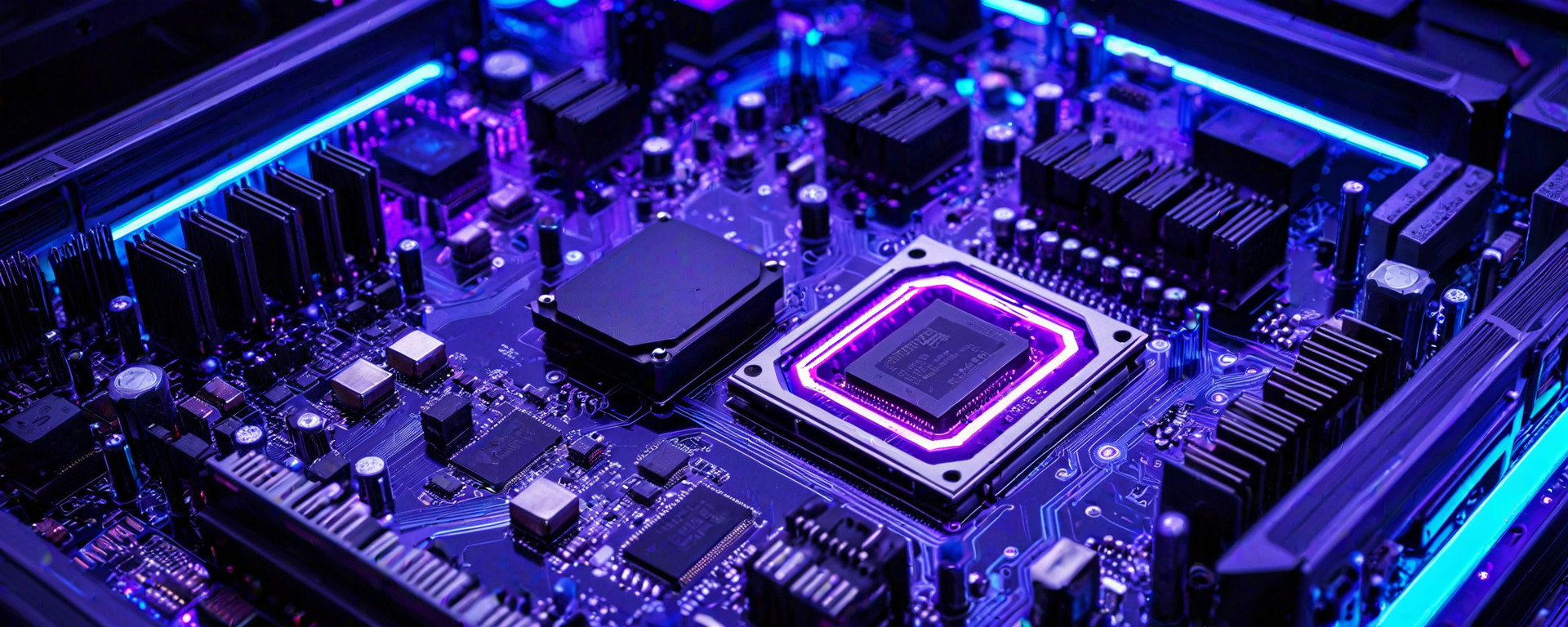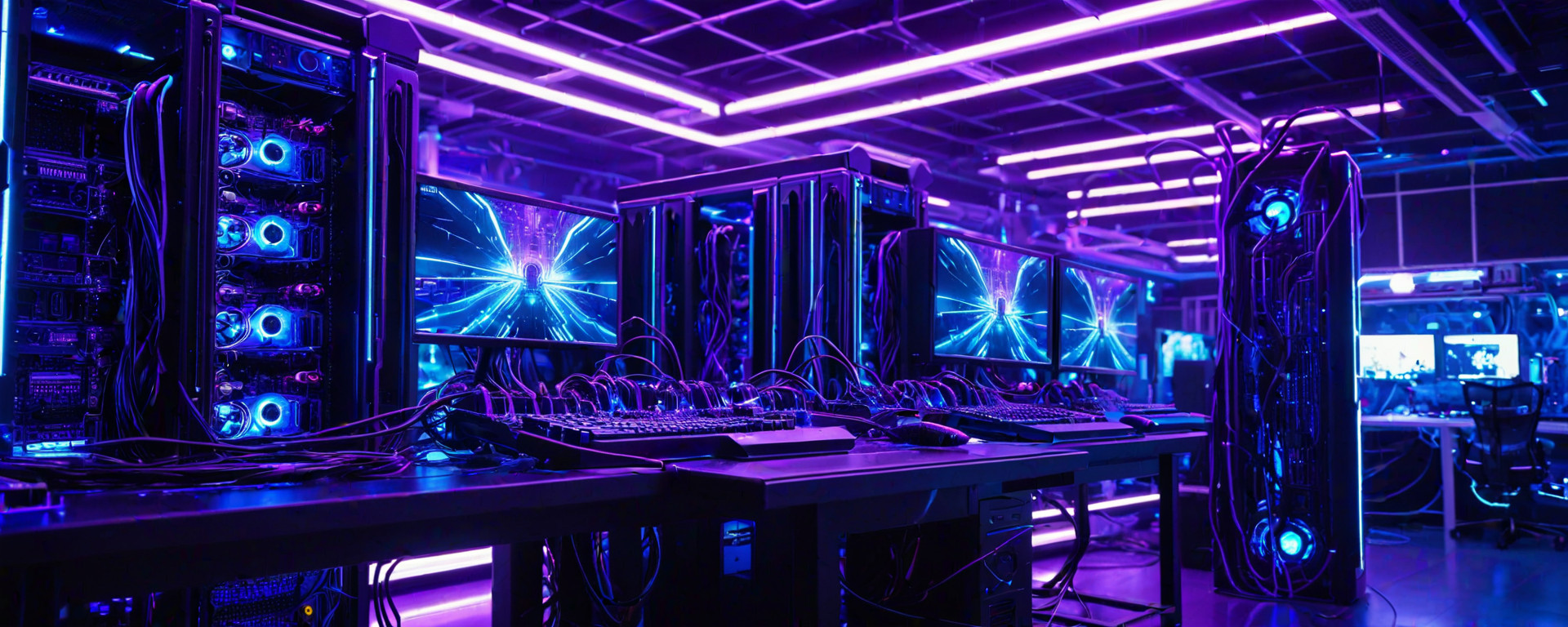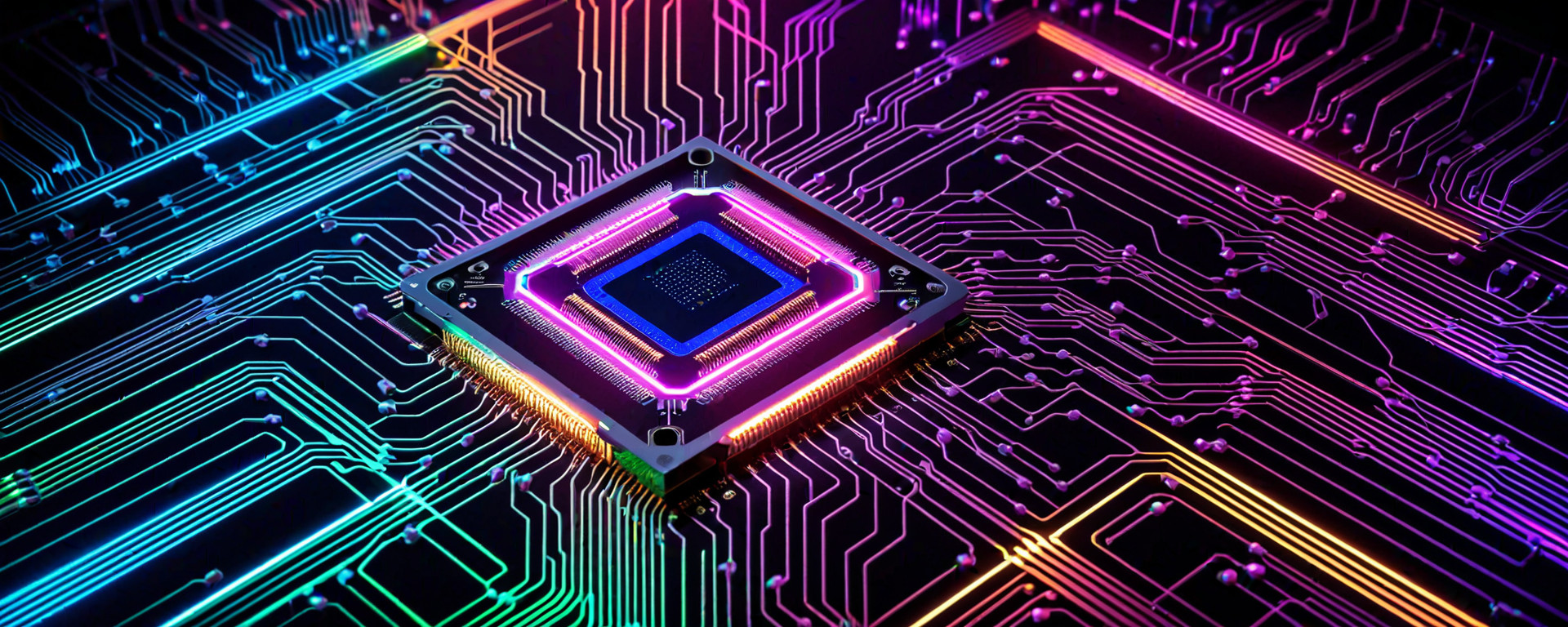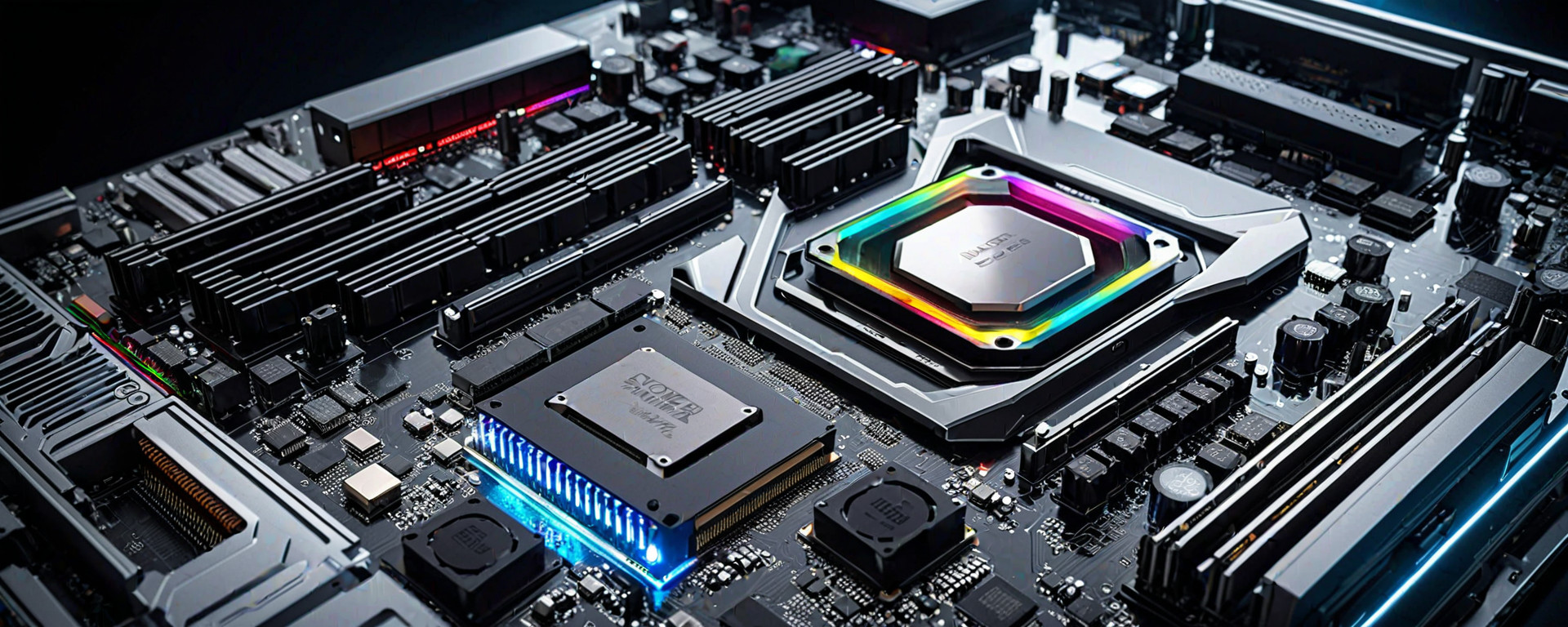Introduction
The motherboard is often referred to as the heart of a computer system because it serves as the central hub where all other components connect and communicate. Understanding the essential components on a motherboard is crucial for anyone looking to build or upgrade their PC, whether they are novices or seasoned professionals. This article delves into the key components that make up a motherboard, providing insights into how each part functions and contributes to the overall performance of your computer system.
A typical motherboard includes several critical elements such as CPU sockets, memory slots, storage interfaces, expansion slots, and integrated circuits. Each component plays a vital role in ensuring that your PC operates efficiently and can handle various tasks ranging from gaming to professional workloads. By familiarizing yourself with these components and their functionalities, you will be better equipped to choose the right motherboard for your specific needs.
Essential Components Overview
CPU Socket
The CPU socket is where the processor of your computer resides, making it a crucial component of any motherboard. There are several types of sockets available on the market today, including LGA (Land Grid Array) and AM4 (Advanced Micro Architecture 4th Generation). Each type supports specific series of processors from manufacturers like Intel and AMD.
- LGA Socket: This socket uses a land grid array design where pins are located on the motherboard instead of the CPU. The most common LGA sockets for modern CPUs include LGA 1200 (Intel) and LGA 1700 (Intel).
- AM4 Socket: AMD's AM4 socket is designed to be versatile, supporting a wide range of processors from Ryzen series.
Memory Slots (RAM)
The memory slots on the motherboard are where you install your RAM modules. These slots typically come in pairs, allowing for dual-channel configurations which improve data transfer rates. DDR4 is currently the standard type of RAM used by most modern motherboards.
- Number and Type: The number of available memory slots varies depending on the motherboard model but usually ranges from 2 to 4. DDR4 modules offer higher speeds compared to older types like DDR3, providing better performance for demanding applications.
Storage Interfaces
The storage interfaces on a motherboard allow you to connect hard drives and solid-state drives (SSD). Common interfaces include SATA (Serial ATA) and M.2, each offering different levels of speed and compatibility with various types of storage devices.
- SATA: Provides lower transfer rates compared to newer standards but remains widely used due to its compatibility with HDDs and older SSD models.
- M.2: Supports NVMe (Non-Volatile Memory Express) SSDs, offering significantly faster read/write speeds ideal for high-performance applications like gaming or data-intensive workloads.
Expansion Slots
The expansion slots on a motherboard enable you to add additional hardware components such as graphics cards, sound cards, and network adapters. The two most common types of expansion slots are PCIe (Peripheral Component Interconnect Express) and PCI (Peripheral Component Interconnect).
- PCIe: Offers higher bandwidth compared to traditional PCI slots and is used for high-speed components like GPUs.
- PCI: Supports older or specialized hardware that may not require as much speed but still needs expansion capability.
Technical Specifications and Performance Benchmarks
To provide a more comprehensive understanding of how different motherboards perform, we will look at some technical specifications and benchmark results from reputable sources such as Tom's Hardware and AnandTech. These benchmarks cover aspects like CPU performance under load conditions, memory bandwidth tests, and storage read/write speeds.
CPU Performance Benchmarks
When testing CPUs under load using tools like Cinebench or Geekbench, motherboards with better cooling solutions and robust power delivery systems tend to deliver more stable and higher scores. For example:
- Z490 (Intel): High-end chipset known for excellent overclocking capabilities.
- X570 (AMD): Supports PCIe 4.0, offering faster bandwidth compared to previous generations.
Memory Bandwidth Tests
The memory bandwidth of a system is critical for applications requiring rapid data transfers such as video editing or gaming. Motherboards equipped with higher quality VRM (Voltage Regulator Module) designs and better trace layouts generally provide superior results in these tests.
- ASUS ROG Strix X570-E Gaming: Features advanced cooling solutions for the VRMs, ensuring consistent performance under heavy loads.
- Gigabyte Z490 AORUS PRO AX: Offers robust power delivery and optimized memory paths to maximize bandwidth.
Real-World Usage Scenarios and Case Studies
To illustrate the practical implications of choosing specific motherboards, let's consider a few real-world scenarios involving different types of users:
Gaming Enthusiast
A gamer looking for top-tier performance might opt for an X570 motherboard due to its support for PCIe 4.0 and high-speed M.2 slots ideal for NVMe SSDs. This setup allows for faster load times in games, smoother gameplay, and quicker boot-up processes.
Content Creator
A content creator working on video editing or rendering tasks would benefit greatly from a motherboard like the ASUS ROG Strix X570-E Gaming due to its ability to handle multiple high-speed SSDs for large project files and robust VRM designs that ensure stability during long render times.
Comparison Tables
| Motherboard Model | Chipset | SATA Ports | M.2 Slots | PCIe 4.0 Support? |
|---|---|---|---|---|
| Z490 AORUS PRO AX | Z490 (Intel) | 6 | 3 | No |
| X570 AORUS XTREME WIFI | X570 (AMD) | 8 | 4 | Yes |
| Z690 AORUS PRO AX | Z690 (Intel) | 12 | 3 | No |
Conclusion
The choice of motherboard plays a crucial role in determining the overall performance, stability, and expandability of your system. Factors such as CPU compatibility, memory support, storage interfaces, and expansion slots must be carefully considered based on your specific needs and future upgrade plans.








